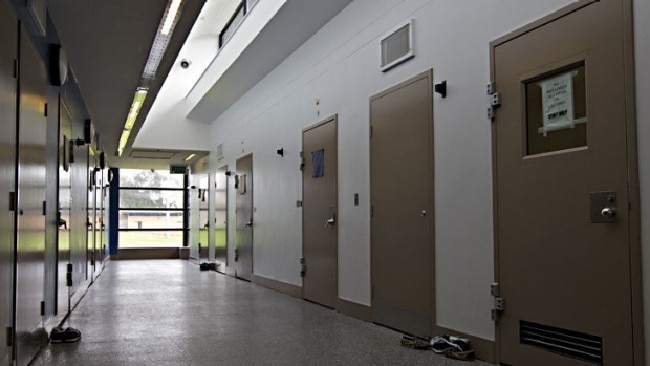Revolving door of justice system puts violent thugs back on street
ABOUT 2500 parolees are released on to our streets every year despite official records showing they are “high risk” to strike again.

NSW
Don't miss out on the headlines from NSW. Followed categories will be added to My News.
ABOUT 2500 parolees are released on to our streets every year despite official records showing they are “high risk” to strike again.
This includes hundreds of criminals, such as violent thugs and sexual predators, whose convictions are so serious they have served more than three years behind bars.
The Daily Telegraph can reveal official records show authorities expect more than one in three parolees to return to a life of crime.
The true extent of our revolving door justice system is laid bare through a coding system known as the “Level of Service Inventory — Revised”.
The LSI-R code gives each parolee a “static and dynamic” risk assessment for reoffending based on factors such as criminal history and unemployment.
In the past year 2467 offenders were released with a reoffending risk rating of “high/medium-high”. This includes 319 serious offenders who spent more than three years in prison.
In total, 37 per cent of offenders released from incarceration last year were given a LSI-R code of “high/medium-high”.
The number of offenders released from prison with a “high/medium-high” rating has risen 33 per cent from 1856 five years ago.
A Corrective Services spokesman said the LSI-R code reflected “the probability of a person reoffending — not the seriousness of any new offence” , adding “the higher the risk, the more intensive the treatment” provided on the outside.
“It measures causal factors that contributed to the offence, such as criminal history and unemployment,” the spokesman said.

“These factors are not affected by being in prison, or cannot be measured there, so an inmate’s LSI-R risk category rarely changes much while in prison.
“Despite this, the risk (offenders pose) might have been significantly reduced by programs and other activities undertaken in prison.”
Opposition corrections spokesman Guy Zangari said the NSW prisons system was in crisis.
“The government is so busy dealing with the next calamity that it has taken its eye off the ball in getting the reoffending rate down,” he said.
But the Corrective Services spokesman said the Baird government was “committed to reduce reoffending among adult offenders by 5 per cent by 2019”.
He said the Better Prisons reform program would introduce performance targets for prisons on issues such as “out of cell hours” and “rehabilitative activity”.
“Offenders with a high/medium-high risk of reoffending are released on parole, rather than at the end of their sentence, because the evidence shows this reduces the risk of their reoffending,” the spokesman said.




